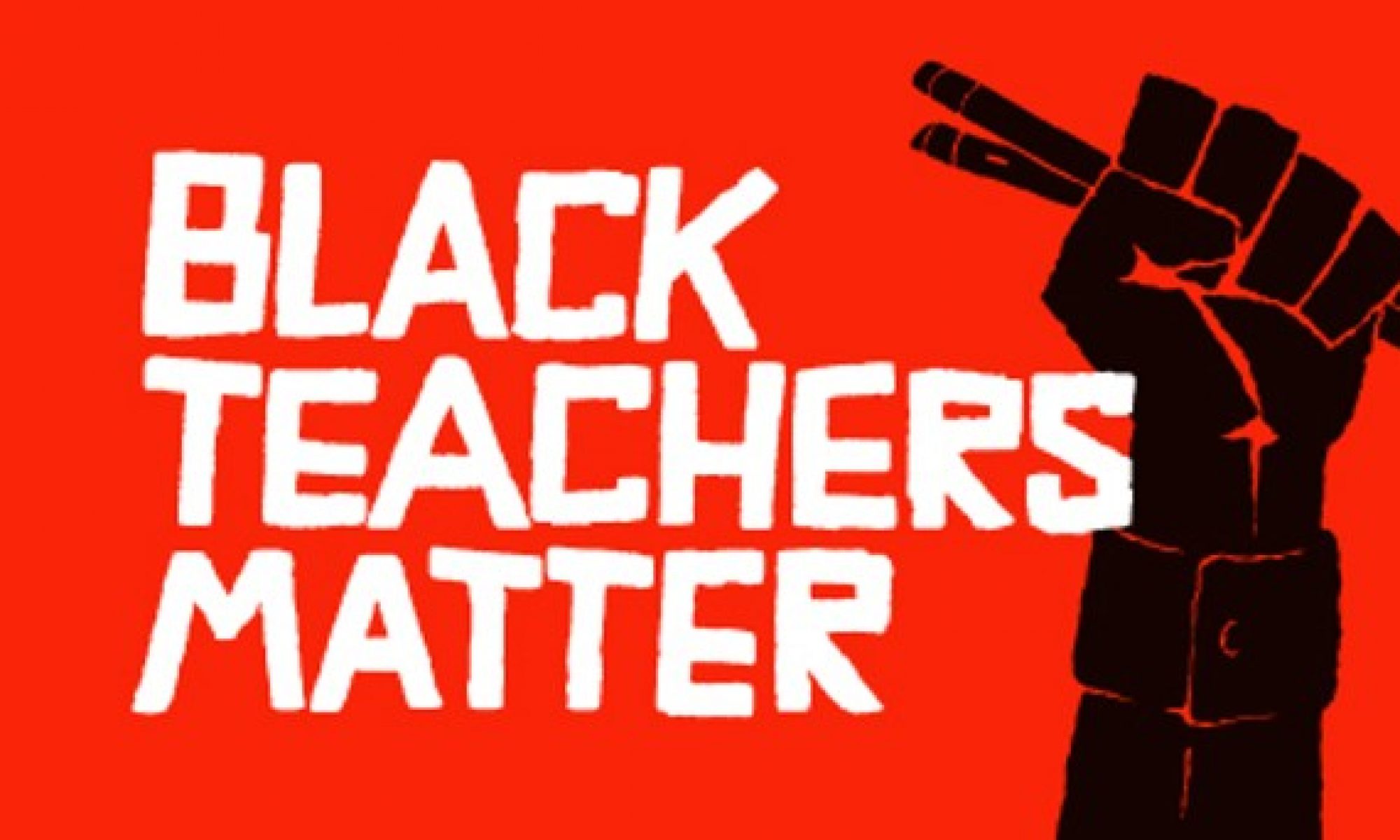Standard 4.b: Candidates know and use a variety of standards-based language proficiency instruments to show language growth and to inform their instruction. They demonstrate understanding of their uses for identification, placement, and reclassification of ELLs.
For this standard, I chose as an artifact a child study I prepared for my ESC 727 course. This particular study showcases my skill at designing assessments that measure students’ discrete and integrated language skills and their ability to use social and academic language in a range of contexts. I worked with my sample student in a number of different contexts, including science and math. While those subjects may fall under the umbrella of STEM, they do indeed require specific types of language scaffolds. One scaffold I prepared for my student was question scaffolding. This technique involves increasing the level of rigor, in terms of comprehension, one step at at time. After some analysis, I discovered that by building up the levels of questioning, my student gained confidence and tapped into his background knowledge with greater ease. Since utilizing this strategy in my everyday teaching, I have noticed a greater level of depth in my student’s responses, even from Entering/Emerging ELLs.
Another example of my proficiency in Standard 4.b is my ability to assess ESOL learners’ language skills and communicative competence using multiple sources of information. My child study provides an example of how I use my student’s strengths to develop, in conjunction with the content teacher, appropriate assessments. For example, my sample ELL is a very talented artist who was quite weak at writing in English. By understanding his limitations, I was able to develop a rubric that gave space for a more visual product (comic strip, illustration) as opposed to only using an essay as an assessment. By giving this student a voice and providing a way to increase their score while maintaining the same level of rigor boosted their confidence.
In the future, I would like to utilize the strategy of expanding my rubrics. While I did alter some of my assessments for the ELL in my child study, I have not continued this behavior in subsequent classes. It can be a time-consuming process creating rubrics for every student, but perhaps I can have different rubrics for different learning styles.


